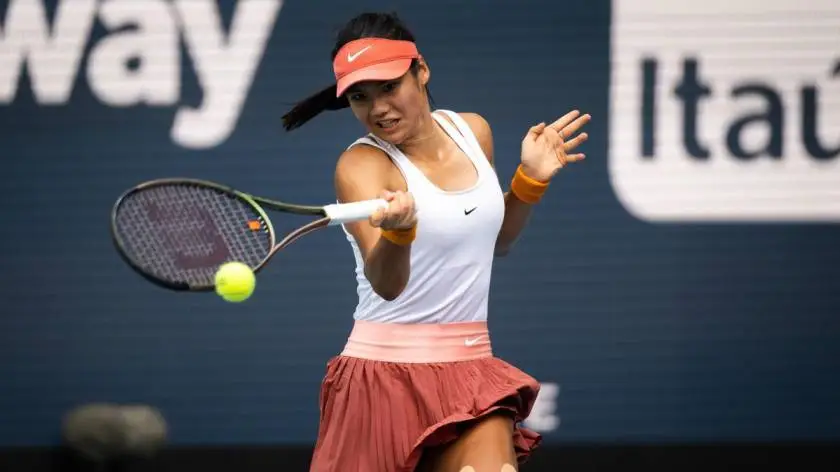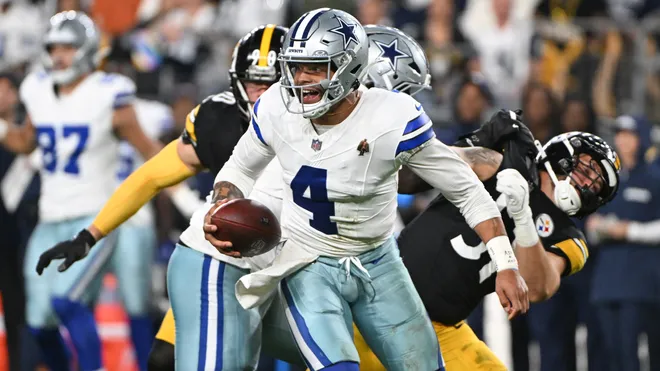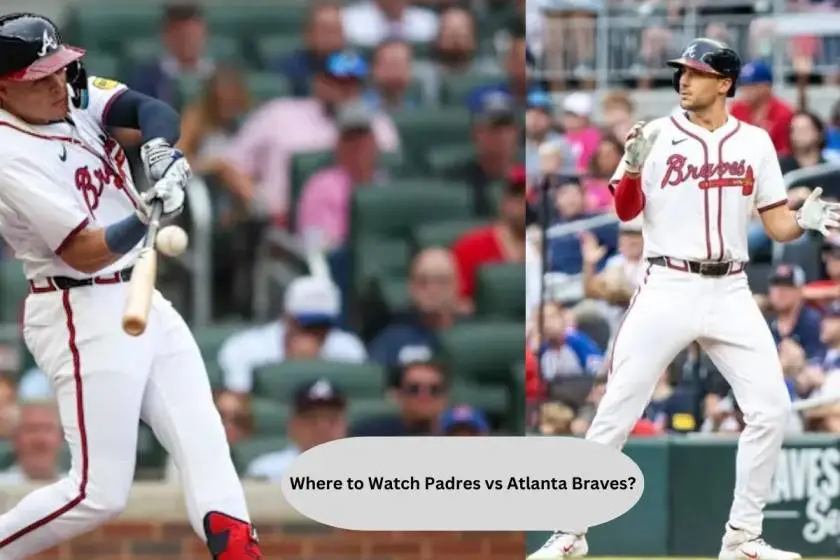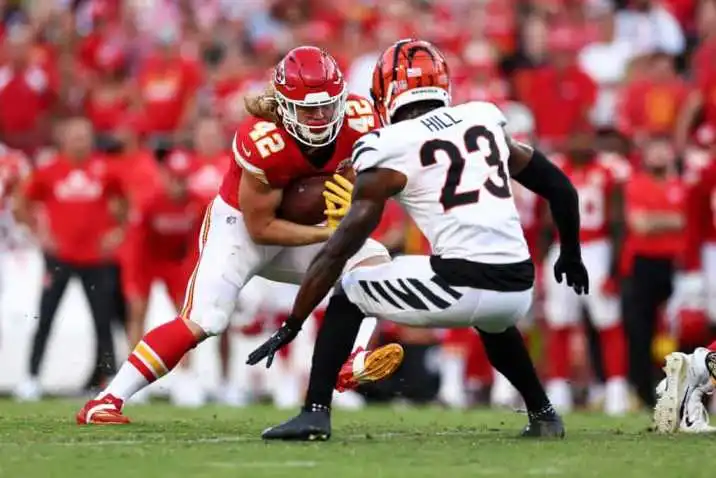
The French Cut the Tennis Tournament Line. And They Are Not Sorry.
The men’s singles final at the French Open was supposed to be Sunday, with fans sporting Panama hats, players sliding on the red clay and a new retractable roof overhead that, given Sunday’s fine forecast, would most likely have remained open.
But that plan was made before the tennis schedule, like so many others in sports, was disrupted by the coronavirus pandemic.
The rebuilt center court at Roland Garros will be quiet instead of boisterous.
No Rafael Nadal, the 12-time French Open men’s singles champion. No Novak Djokovic, the world’s No. 1 player. No Guy Forget, the French Open tournament director who, like his French compatriots, is just emerging from lockdown as the country slowly reopens.
“Things are getting more flexible now and a bit less strict,” Forget said in a telephone interview this week. “We want to be optimistic with the understanding that things have been so crazy in the last few weeks and months that you never know what is going to happen. So we have to stay very careful and very humble.”
Humility was an issue when the leaders of the French Tennis Federation postponed the French Open until late September without seeking approval from tennis’s other governing bodies, including the men’s and women’s tours.
The unilateral decision was a tennis land grab born of desperation. The French Open, one of the four Grand Slam tournaments, provides the French federation, which largely finances the game in France, with about 80 percent of its annual revenue. But it was also a land grab perceived as selfish because so many other federations and tournaments are in dire financial positions, too.
The French move prevented some other tournaments from shifting dates and created scheduling clashes with less prestigious events already on the calendar in September and early October. The Laver Cup, Roger Federer’s team event, already has been postponed to 2021 as a consequence.
Why allow the French to cut in line?
Forget, a former top five singles player and two-time Davis Cup champion, said the French federation and its president, Bernard Giudicelli, felt the calculated risk was necessary and that negotiations would have risked losing the opportunity to move into the small window available when the weather outdoors in Paris was still conducive to playing the full tournament.
“We knew it would make a lot of waves, but looking back it was the right decision,” Forget said. “I know it can be perceived by some people in a selfish way. Funny enough, I have read comments from players who said, ‘How can they do this or do that?’ But in the end the players are the ones who are suffering and the ones who have to pay their bills, and basically we are trying to put in the best prize money possible, and they will benefit from it as well.”
Darwinian as it might seem, Forget is not alone in the view that the Grand Slam tournaments deserve priority in the rush to the lifeboats.
“Those are our tent-pole events, the ones that keep the lights on for everyone,” said Jim Courier, an American who won the French Open in 1991 and 1992 and works as a television analyst. “We need to nurture those as much as possible, but everyone needs to work together.”
The leaders of the United States Tennis Association would certainly have liked to preserve the option to shift their own Grand Slam tournament, the United States Open, especially with New York hit hard by the coronavirus.
The French federation has tried to make some amends by remaining open to negotiation on scheduling, which could allow for the postponed clay-court tour events in Madrid and Rome to be played between the U.S. Open and French Open.
There is no guarantee, of course, that the French Open can be played in its new dates: most likely Sept. 27 to Oct. 11, with the qualifying event starting on Sept. 21. A resurgence in coronavirus cases could force another shutdown in France or continue to block players from traveling.
But the French government is supportive, and because the majority of men’s and women’s players are European, travel could be simplified. If the public health situation continues to stabilize, Forget and Giudicelli are optimistic their tournament will take place with some spectators, at least on the main show courts.
“It could be one every three seats,” Forget said. “Playing behind closed doors is really not something we would like to have.”
The U.S. Open, still scheduled for Aug. 31 to Sept. 13, plans to bar spectators and put players in a “bubble” to protect their health. The conditions would require frequent testing for the virus, smaller player entourages and possibly restricting player movements to travel between their accommodations and the U.S.T.A. Billie Jean King National Tennis Center. Though there will be an official hotel, players have been told they could stay in nearby private accommodations as long as they adhered to the health requirements.
The U.S.T.A. will decide later this month whether to stage the Open. Government approval will be required. But player buy-in is also important, and there has been early resistance to the bubble concept from some on the ATP Player Council, which includes the men’s game’s biggest stars: Nadal, Djokovic and Federer.
Djokovic said on Friday in remarks reported by Agence France-Presse that the measures were “extreme.” “We would not have access to Manhattan; we would have to sleep in hotels at the airport, to be tested twice or three times per week,” he told Serbian media. “Also we could bring one person to the club, which is really impossible. I mean, you need your coach, then a fitness trainer, then a physiotherapist.”
On Friday, Ross Hutchins, the chief tour officer of the ATP, sent a message to agents and coaches explaining that, after hearing player input, the ATP would soon give feedback to the U.S.T.A. on its plan. The proposal includes moving the Western & Southern Open, a top-tier combined men’s and women’s tournament, from the Cincinnati suburbs to New York and playing it ahead of the U.S. Open.
“Ultimately the decision on the U.S. Open lies with the U.S.T.A.,” Hutchins wrote. “However we have welcomed the continued positive discussions and collaborative approach with us in these particularly tough times.”
It will be intriguing to see if the U.S.T.A. pushes ahead if the men’s megastars make it clear they will not participate. Despite the likely loss of all ticket revenue, the Open has proposed nearly the same prize money for singles as in 2019.
“I applaud them for trying,” said Sam Duvall, president of Topnotch Management, which represents the Americans John Isner, Reilly Opelka and Alison Riske. “I do think the vast majority of players would want to do it. I would hate for a Grand Slam to not go on because a few high-profile players decide it doesn’t work for them.”
Quarantine could be an issue if players are required to spend up to 14 days self-isolating upon arrival in the United States and then again after traveling to Europe for the French Open. Under existing measures, most citizens of countries outside of the European Union are not permitted to enter France.
But Forget, like the U.S.T.A.’s leadership, knows that the landscape could look quite different come September.
“Hopefully by the end of the year we can all have a glass of Champagne and say, ‘Phew, it was close but we have managed to save quite a few big tournaments,’” Forget said. “It’s really important the U.S. Open happens, and it’s really important Roland Garros happens.”








